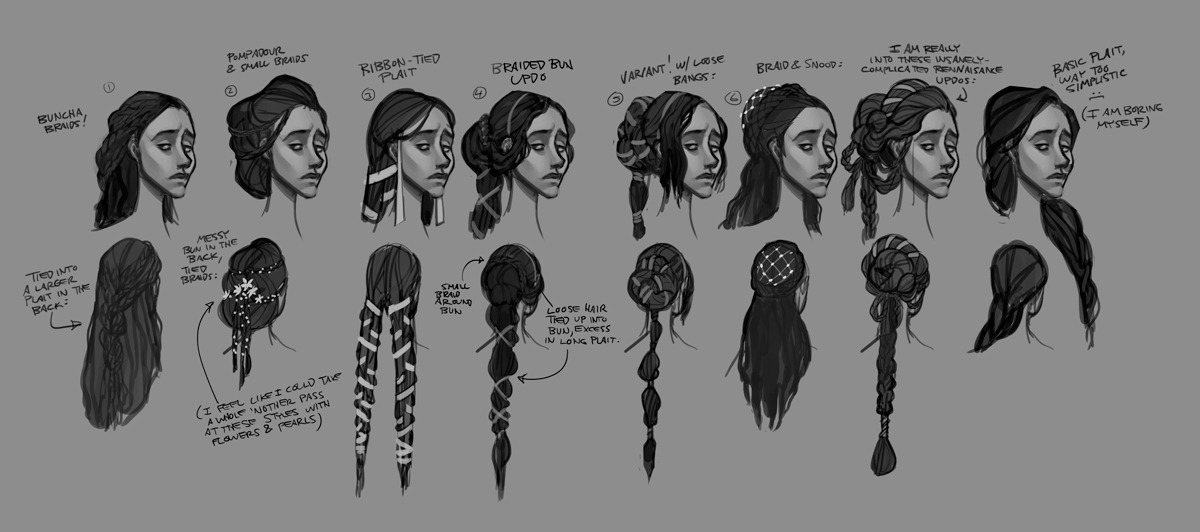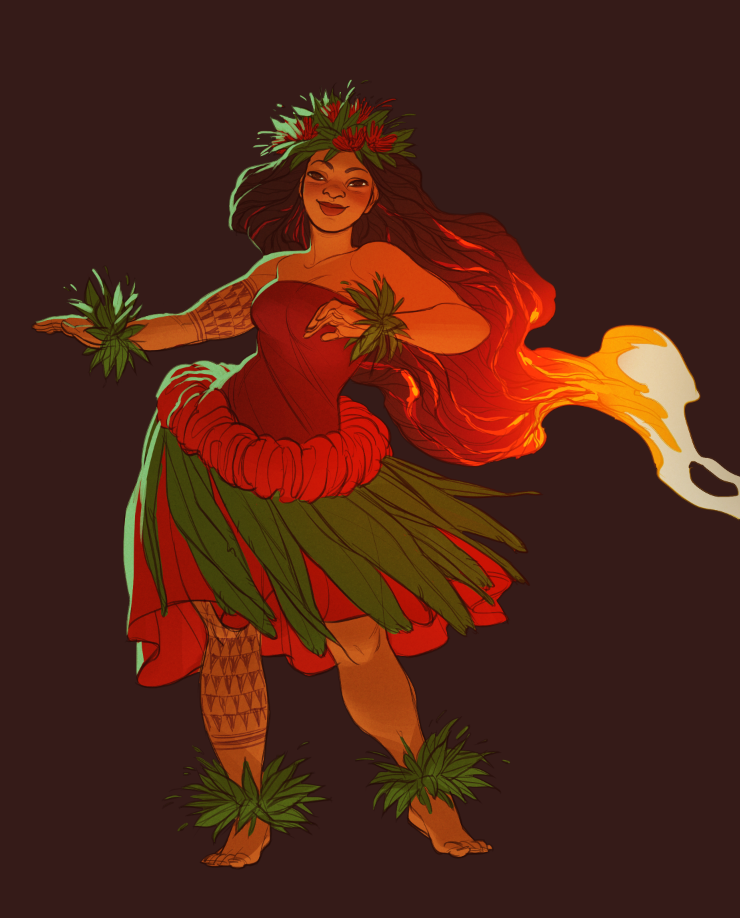What exactly do certain jobs want? Finding a job is one thing, but actually being able to carry out every duty and meet every requirement is another. In this post, I am going to look at certain jobs and the roles the require so that I can see what skills I am lacking and should think about in the future.
Job: Character Designer for Nickelodeon - working closely with supervisors and directors, complete character designs and make them appropriate for CG models to work from, work on schedule, must be able to match the quality and style of the show.
Responsibilities: strong design and construction/mechanical skills, be able to replicate style, time management skills, multitask, work well under pressure, knowledge or willingness to learn software and hardware.
Qualifications: Relevant drawing experience, BA in Fine Arts or equivalent work experience.
Job: Feature Character & Prop Designer 2D for DHX Studios
Responsibilities: Work with art director and other designers in style of the production, translating character from script to visual design, submitting multiple design variations based on feedbackCreating models sheets of character turnarounds and facial/anatomical expressions.
Qualifications: Experience designing character and/or props on a series preferred, strong drawing ability and a solid sense of design, degree/diploma from recognised animation school, able to work digitally (PS, Flash, Sketchbook etc), experience in 3D design, strong understanding of perspective, proportion, balance, dimension and dynamism. Able to work collaboratively within a team, able to communicate professionally and positively, well organised with good time management skills.
Job: Background Designer, Nickelodeon
Responsiblities: Review script for backgrounds, complete rough, revised and final designs necessary with assigned deadlines, resolve design problems with creative supervisors, meet deadlines, communication with production staff, ensure work is backed up, ensure shipping materials are prepared and ready on time, be available for questions until department's shipment is complete. Multiple views of environment and specific elements within it. Assist with special projects, make shadow and colour indications, floor plans, shadow and colour guides, overlays in the style and quality of the production.
Qualifications: Strong background design skills, relevant drawing experience needed, thorough understanding of perspective. Knowledge of or willingness to learn applicable design software and hardware. Strong time management skills, work well under pressure, ability to multitask. Qualifications: BA in Fine Arts or equivalent work experience highly desired. Understanding of architectural schematics a plus.














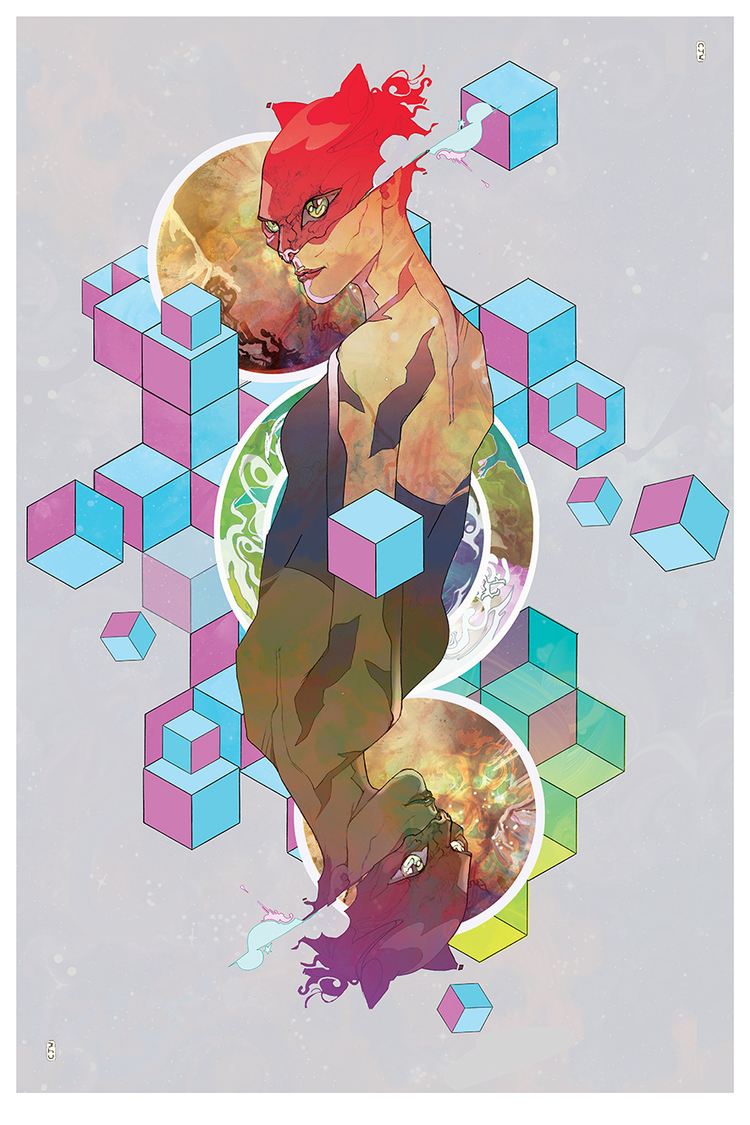
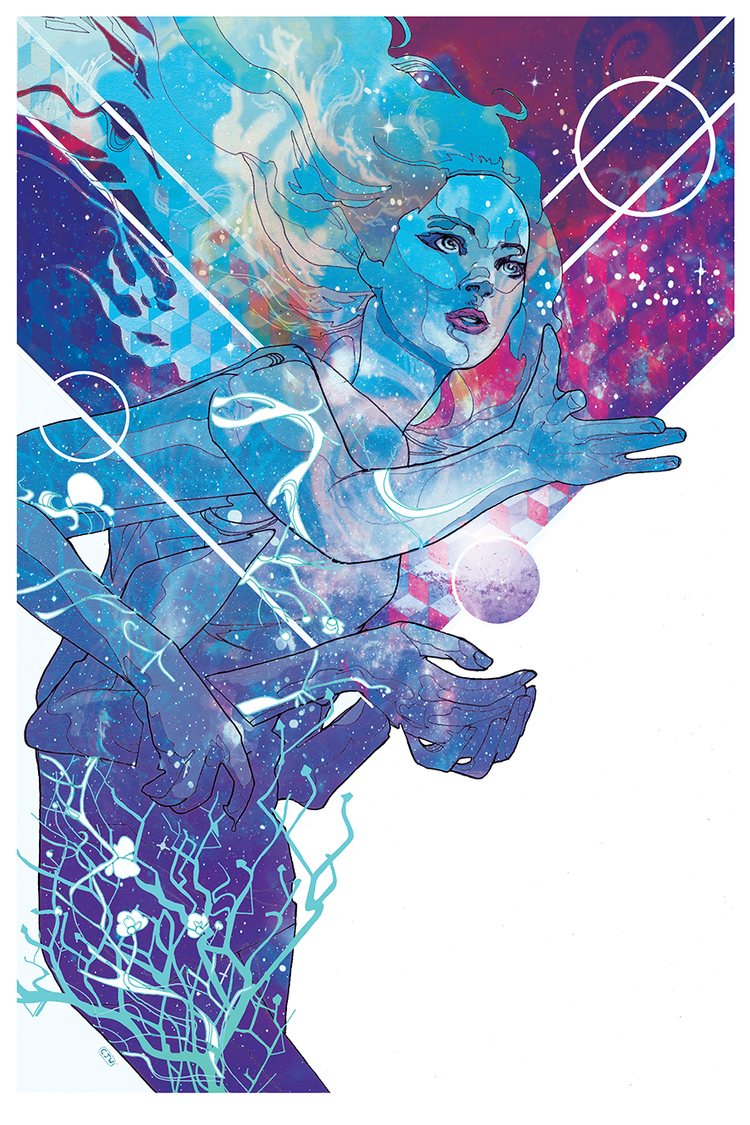
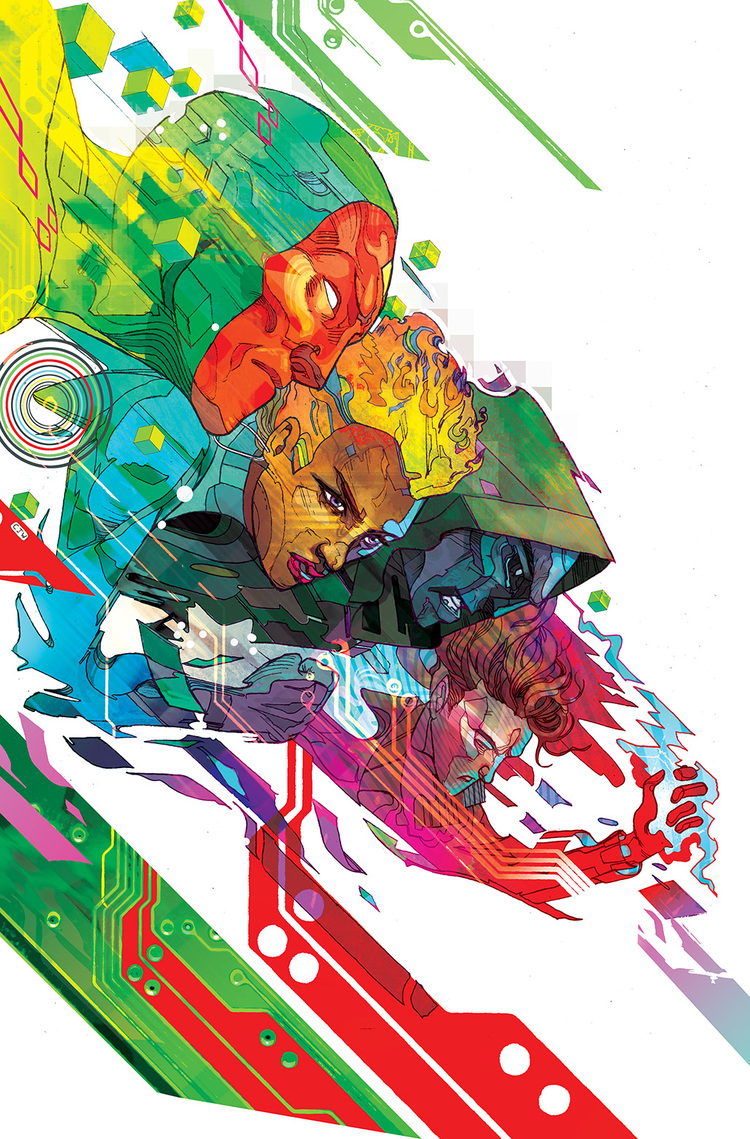
.jpg)




